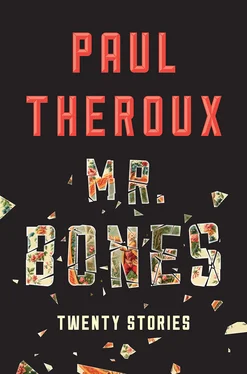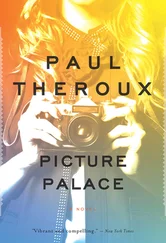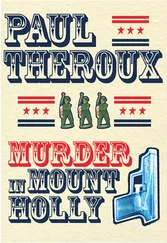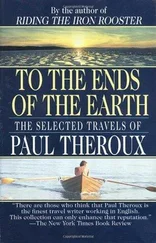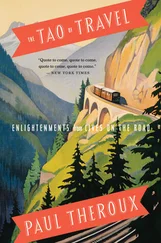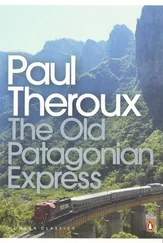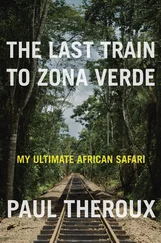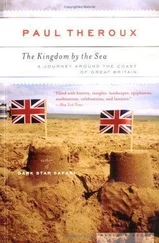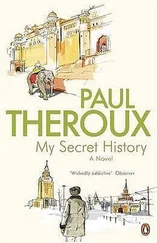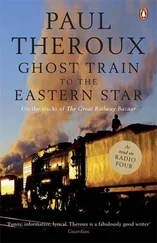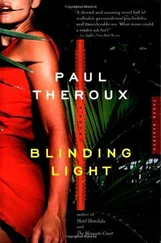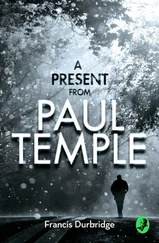Paul Theroux
Mr. Bones: Twenty Stories
I feel very shy and blushing at being let in for that thing at my venerable age.
— JOSEPH CONRAD AT FIFTY-THREE, in a letter to a friend, on finding out that his wife, Jessie, was pregnant
MINOR WATT, THE real estate developer and art collector, was seated at the Jacobean dining table with the fat baluster legs that served as his desk, waiting for his wife — soon to be ex-wife — to arrive. He had been thinking of himself, but the graceful Chinese vase with a tall flared neck, resting on the antique table, made him reflect that, as with so many things he owned — perhaps all of them — he was able to discern its inner meaning in its subtle underglaze, the circumstances of his acquiring it, its price of course, its provenance, all the hands that had touched it and yet left it undamaged, its relation to his own life, its secret history, its human dimension, almost as though this pale porcelain with the tracery of a red peony scroll was human flesh. And then after this flicker of distraction he thought of himself again.
How people said, “You’re the calmest man in the world.”
He always replied, “As I made more money my jokes got funnier.” And when they laughed, he added, “And I got better-looking.”
“You’re amazing,” they said, and with a glance at his collection — the Noland painting Lunar Whirl on the wall behind him, the objects glinting on side tables and shelves and in the glass cabinet. Was that a human skull?
“And my collection got more valuable.”
“One of a kind,” they said.
The only gift anyone can make to a much wealthier person is an extravagant compliment, often in the circumstances the opposite of what the poorer person feels, yet inevitably with a grain of truth and a stammer of ambiguity. The visible fact of his wealth, Minor Watt knew — his collection like a set of trophies — made these people at times incoherent and yet obvious. Instead of “He has this great thing,” they thought, “I don’t have this great thing.”
He lifted his gaze to the works arrayed in his office, a sampling of his areas of collecting: the Noland, a Khmer head of Vishnu in stone, a Chola bronze Shiva Nataraj, an old Dan mask with red everted lips, and a squat Luba fetish figure bristling with rusty nails; a greenish celadon salver propped on a stand, a massive Marquesan u’u club with small skull-shaped bas-reliefs for eyes, and beside it, like an echo, an Asmat skull. More human skulls were ranged on a backlit shelf. Among collectors of tribal art, skulls constituted a silent trade, and they were an early and lasting passion with Minor Watt: New Guinea ancestor skulls with cowries lodged in the eye sockets and others overmodeled with clay and painted like masks, some of them shiny from use as headrests, like large chestnuts, the same rich color; Kenyah skulls from Sarawak scratched with scrimshaw lizards on the cranial dome; smoke-dark Ifugao enemy skulls sitting side by side on a smoky plank; Tibetan skulls and skull cups, chased in silver; and more, all of them saturated with mana.
No one said “One of a kind” with surprise. Minor Watt had grown prosperous in the roofing business in New York, city of flat roofs. “A flat roof is designed to leak,” he said, and his familiarity with the bones of these buildings led him to speculate successfully in real estate. From the age of thirty or so, Minor Watt had had everything he’d ever wanted, every dollar, every woman, every serious business deal, every artifact — his eye fell upon a standing bodhisattva, a mustached Maitreya from Gandhara carved in schist, second century, Kushan period, clutching a plump vial that contained the elixir of immortality. A duplex on Park Avenue, a house by the sea in Connecticut, with a set of buildings that served as his personal museum. A loving wife — where was she?
His artworks were not for warehousing but for display — showing them was his incentive to collecting. He’d loved taking his wife to the opera, Inca gold glittering at her throat. Even more than the joy that drove his collecting passion was the knowledge that in buying a rare object he had prevented someone else from owning it. Another pleasure in his collection was his certainty that, even as he was examining a piece, its value was rising, no matter what the stock market was doing. He had bought a small Bacon in London — a head of George Dyer. Over the years its value had increased two hundred — fold. Those human skulls: if similar ones could be found, which was doubtful, they’d cost twenty times what he’d paid.
One of the paradoxes of the people who praised these objects was that in most cases they had no idea what they were looking at. At first Minor Watt’s pride made this almost a sorrow to him; and then, out of snobbery, such ignorant remarks delighted him. “I love this African stuff,” someone would say, smiling at a fierce-faced Timor house post. The Gandharan piece from the Swat Valley was taken to be Greek. “Byzantine,” an art historian said of an eighteenth-century Lalibela painting of the Ethiopian saint Gabbra Menfes Qeddus. His old cartoonish reverse-glass paintings done by itinerant Chinese in Gujarat baffled all viewers. “Indonesia? Bali?” A bulb-headed Fijian throwing club known as an ulu was assumed to be a Zulu knobkerrie, and no one ever noticed that the ivory inserts on its lobes were human molars, from its five victims.
And which of them would know that this Chinese vase was Ming? Minor Watt and his wife had bought it together after much discussion in Shanghai, after a Yangtze cruise in 1980, and had hand-carried it back to the States. The vase, treasured, as all these objects were, like members of their family, had accompanied them through six changes of address. As though demanding custody, she’d included it as part of the divorce settlement. Had she noticed it glowing in the display cabinet on her previous visit with her lawyer?
Thinking of the woman, he heard his intercom buzz, and then his secretary’s voice: “Your wife is here.”
Already it was an odd word, since they’d agreed to the divorce months before and had now signed most of the papers. In mentally moving her out of his life he was reminded of his mood when he sent a piece to be auctioned, how he had no feeling for it; even though it still had monetary value, it was dumb and mummified, and, the thing having lost all meaning and hope, he smiled as he let it slip away.
He had wondered which woman would show up — the angry woman, the sad woman, the wild-eyed woman, the oversensitive woman, the rejected one, the triumphant one, the sulker, the smirker, the old friend.
She was none of these when she entered the room. She looked thinner — all the fury was gone, leaving her pinched, the anger wrung out of her. Such corrosive emotion was unsustainable over so many months: she looked cured of an illness, weaker, subdued, much paler. The fighting had ended, and now, like people who knew each other far too well, they were rueful with disillusionment, meeting merely to observe a few formalities, wishing they were strangers.
“Hello, Minor.” She spoke in the spongy voice of languor and abandonment, and her eyes were drawn to the vase.
She was here to pick up the valuable old keepsake and then to go. She had been reluctant to come. He had told her it was too fragile to risk mailing, but this was turning into a formal ritual of farewell. He would pass her this lovely vase and she’d carry it away in its cushioned box — the Chinese purpose-built cushioned coffin with the sliding lid and the rope-like handle — carry it as they had done more than twenty years ago in what had been one of their many treasure hunts, but an important one: he’d also been an early investor in the Chinese economic miracle.
Читать дальше
